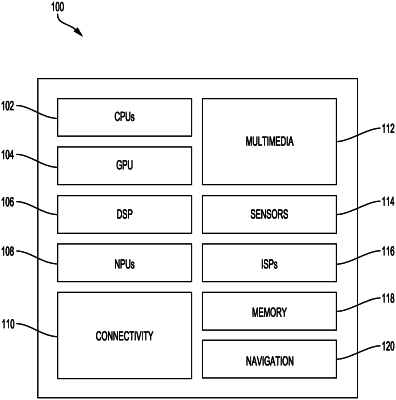| CPC G01P 13/00 (2013.01) | 13 Claims |

|
1. A processor-implemented method, performed by at least one processor, the processor-implemented method comprising:
receiving, by a first prediction model, sequential data from a sensor related to an activity of one or more of a human or an object;
determining, via the first prediction model, a change in an activity state based on an estimate of a log-likelihood ratio (LLR) function for the sequential data; and
transmitting, to a second prediction model, an indication that the activity state has changed, the indication triggering the second prediction model to wake from an inactive state and determine an updated activity state of the one or more of the human or the object based on the sequential data;
wherein the change in the activity state of the one or more of the human or the object occurs when the estimate of the log-likelihood ratio function is greater than a threshold parameter, which is adjustable to achieve a tradeoff between a false alarm rate and a detection latency.
|